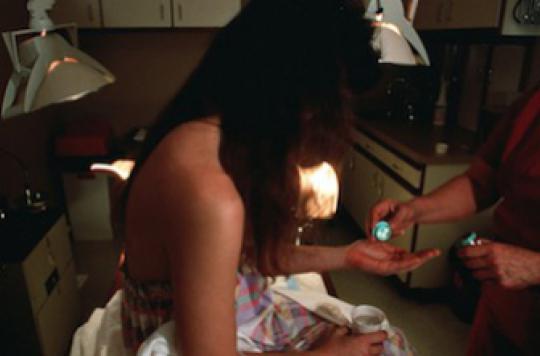Unsafe abortions still represent nearly half of abortions worldwide. However, the mortality associated with these abortions has declined.

Fewer abortions in the world, but which are still much illegal. This is what emerges from the last report of the National Institute for Demographic Studies (INED). Between 1995 and 2008, the number of abortions fell from 35 per year per 1,000 women to 28 per 1,000. In fact, the rate fell until 2003, only to remain stable thereafter. “This stagnation is probably explained by a relaxation of efforts in the field of family planning in developing countries,” explains INED.
In addition, the proportion of unsafe abortions, ie according to the World Health Organization, “performed by unqualified persons or in an environment that does not meet minimum medical standards, or both”, has not declined and still accounts for nearly half of abortions.
Maternal mortality on the decline
Paradoxically, and this is good news, abortion-related mortality has declined over the past 20 years, from 60 maternal deaths per 100,000 births in 1990 to 40 deaths in 2008. The decline has been particularly marked in America. Latin while abortion remains firmly condemned there. “This development is partly linked to the spread of medical abortion in countries where it remains illegal, soulgnel’Ined. And also to a general improvement in the management of maternal health problems ”.
Medical abortion requires the intake of two products: Mifepristone, which remains expensive and is only authorized for sale in a limited number of countries, and Misoprostol, which is inexpensive, easy to obtain and authorized in many countries. However, the second product may be sufficient on its own to cause termination of pregnancy, provided the dosage is followed. In many Latin American countries, free numbers and websites have helped guide the private intake of Misoprostol, and have facilitated access to safer abortions. On the other hand, Africa stands out with a very high proportion of deaths due to abortion compared to other regions. “These alarming figures can be explained by the poverty that characterizes this continent, and its corollary, poorly performing health systems,” notes INED.
Evolution of practices in Eastern Europe
Finally, the abortion rate fell rapidly in developed countries, going from 39 per 1,000 to 24 per 1,000 between 1995 and 2008. This decrease is mainly due to changes in practices in European countries. East. Until the 1980s, termination of pregnancy was one of the main methods of birth control there. After the dissolution of the USSR, contraceptive methods were introduced and disseminated there. The use of abortion has therefore fallen sharply.
In France, after a stabilization period of around 10 years, an increase in the number of abortions of nearly 5% was observed in 2013, according to the Department of Statistical Studies of the Ministry of Health (DREES). This increase could be explained in particular by the free abortion since the end of March 2013, and by the debate around the 3rd and 4th generation pills.
.















